For Haitians, breadfruit trees are a gift from the earth that keeps on giving. In times of hardship, such as political upheavals or earthquakes, breadfruit trees offer abundant harvests and are a sustainable crop that has helps keep vulnerable communities alive.
Breadfruit is the star ingredient in a nutritious confection called a konparèt. Shaped like a bun, but hard like a biscotti, konparèts are fast-baking and easily shared food staples that can be distributed quickly to thousands to meet the basic nutritional needs of the community.
Konparèts, fashioned after the ginger biscotti, comes from Jamaican cuisine and was introduced into Haitian culture around 1914. Today, both breadfruit and konparèt bakeries offer entrepreneurship opportunities to create financial sustainability for Haitian communities.
The fruit is starchy, often described as tasting like a potato or fresh bread, and can be boiled or fried, and also used in savory dishes or desserts. But no matter how the fruit is used, it is one of the highest fiber-rich fruits around. Konparèt contains iron, potassium, vitamin A, calcium, copper, magnesium, niacin, potassium, protein, thiamine, vitamin C, and many other nutrients. When konparèt is mixed with rich nutritious crops such as coconut, ginger, or molasses, the end product is even more nutritious.
In only three to five years, a breadfruit tree will start to bear fruit, offering quick returns on investments of time, labor, and water. Over time, a single tree can bear upwards of 600 pounds of fruit in a year. Many times, a single-family can be fed from one tree.
Breadfruit is also beneficial for the ecosystem and are an excellent choice for reforestation projects. Since they’re in the same family as mulberry and jackfruit trees, breadfruit trees provide a habitat for friendly pollinators like bats, bees, and birds. And they’re hardy trees that don’t require much maintenance and they can even grow in poor soils. A plentiful supply of breadfruit in a community can be achieved with relatively few trees and are an important species in The Haiti Tree Project’s ongoing reforestation projects.



